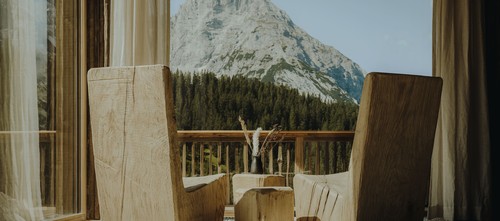
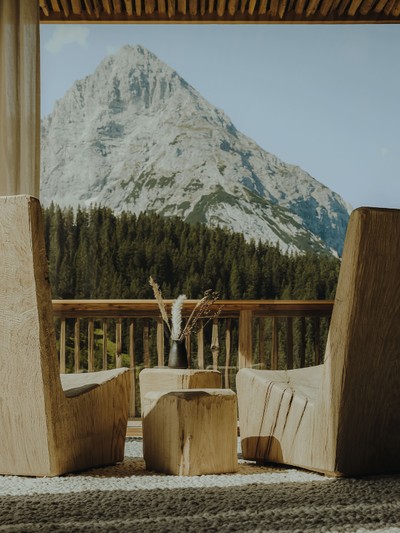
14 Of The Best Ski Hotels In Europe
FRANCE
Experimental Chalet, Val d'Isère
Last year saw the launch of Experimental Chalet Val d'Isère. Following the success of the Experimental Chalet Verbier, the group’s second French Alps hotel has 113 rooms, a spa, cocktail bar, large brasserie and an intimate restaurant where guests can enjoy obligatory fondue and raclette by the fireplace. With the brand’s signature bold yet tasteful interiors, designer Dorothée Meilichzon, who has contributed to several of the brand's on-trend projects and spent her childhood skiing in Val d'Isère, orchestrated the renovation of the 45-year-old building. Her inspiration blends the aesthetics of American ski chalets with Savoyard tradition. The lobby's stone fireplace and rustic log and branch furniture recall the atmosphere of Colorado, while the wooden sculptures decorating the restaurant walls are inspired by local butter moulds and pastry utensils, paying homage to the region's baking history.
Le Fitz Roy, Val Thorens
Le Fitz Roy remains one of Val Thorens’ smartest addresses, perfectly positioned in the centre of Europe’s highest resort. With ski‑in/ski‑out access to more than 600km of pistes across Les Trois Vallées, it’s a good option for both beginners and more seasoned skiers. Inside, chalet‑inspired interiors are balanced with contemporary touches – think neutral palettes, plush textures and panoramic mountain views. Guests can unwind in the impressive spa, complete with a heated indoor pool, Finnish sauna and treatment rooms, or head to the Roy Bar for après‑ski cocktails. Dining is equally special, with modern European dishes at Beca Restaurant and Savoyard specialities served in a cosy alpine setting. Heated boot lockers, a ski shop and tailored mountain experiences – from off-road biking to paragliding – make this a true winter retreat.
Visit BEAUMIER.CO.UK
Portetta, Courchevel
At the foot of the slopes in Courchevel Moriond (1650), Portetta is one of the best ski‑in/ski‑out hotels in the French Alps. From the owners of Lime Wood, the luxury New Forest hotel, Portetta has 38 cosy rooms and six duplex lofts, each with open log fires, balconies and sweeping mountain views. Cucina Angelina by Angela Hartnett continues to draw skiers and locals alike, serving Italian‑influenced mountain food with a Savoyard twist – from handmade pasta to grilled meats cooked over an open range. Guests return year after year for its relaxed atmosphere, family‑friendly service and understated alpine charm, complete with spa facilities, après‑ski cocktails and easy access to Les Trois Vallées.
Visit PORTETTA.COM
Le Coucou, Meribel
Le Coucou in Méribel’s Belvédère quarter region continues to set the standard for luxury ski‑in/ski‑out stays in the French Alps. Designed by Pierre Yovannovitch, the hotel has 55 rooms and suites plus two private chalets, each with its own pool, sauna and treatment room. Dining spans the refined Biancaneve bistro, the celebrated Beefbar and cosy Le Fumoir, while the Tata Harper Spa, indoor and outdoor pools, fitness facilities and two kids’ clubs ensure every guest is cared for. Seasonal highlights include festive celebrations, live music and family‑friendly workshops, alongside non‑ski adventures such as snowshoeing, paragliding and hot‑air balloon rides.
Visit LECOUCOUMERIBEL.COM
SWITZERLAND
Schweizerhof, Zermatt
Set in the high‑altitude Swiss resort of Zermatt, overlooked by the spectacular Matterhorn (which you may recognise from the original Toblerone packaging), the Schweizerhof hotel is everything you’d want from an alpine getaway. The chalet‑style property was bought and overhauled by French hotelier Michel Reybier (known for the gorgeous La Reserve hotels in Paris and St Tropez), reopening in 2019 and immediately establishing itself as a destination in the resort. Alongside 95 cosy yet contemporary rooms and suites, there are inviting public spaces, a flagship restaurant with XXL BBQ grill and stone oven, La Muna’s Japanese‑Peruvian fusion, The Cheese Factory’s fondue and raclette, Myoko’s authentic Japanese dishes, plus a cocktail bar with DJs from Zurich. Wellness comes via Spa Nescens, an indoor pool, saunas, Turkish bath and fitness centre, while outside the car‑free village offers high‑end shopping and a lively après‑ski scene. Difficult though it may be to leave the hotel, be sure to step out of the Schweizerhof into the charming village streets – car-free, even better – and indulge in high-end shopping and a lively apres-ski scene.
Visit SCHWEIZERHOFZERMATT.CH
Carlton Hotel, St. Mortiz
St. Moritz is the birthplace of Alpine winter tourism – and today, it’s one of Europe’s most glamourous resorts. People‑watching is excellent, the dining scene brims with high‑end restaurants, and the small town centre is home to not one, but two Prada stores. The Carlton Hotel is its most discreet five‑star address. Built in 1913 and fully refurbished, the property offers just 60 south‑facing suites, each with sweeping views of Lake St. Moritz and the Engadine valley. Guests can dine at the two‑Michelin‑starred Da Vittorio, unwind in the three‑floor spa with indoor and outdoor pools, or retreat to the vast penthouse suite. Beyond the slopes, non‑skiers are spoilt for choice: ice skating on the frozen lake, horse‑drawn carriage rides through town, exhilarating toboggan runs and shopping at ultra‑luxury boutiques all add to the magic.
Visit TSCHUGGENCOLLECTION.CH
Gstaad Palace, Gstaad, Switzerland
Commanding the skyline of Gstaad since 1913, the Gstaad Palace is one of Europe’s most iconic mountain hotels. Family‑owned by the Scherz family for three generations, the fairy‑tale château offers more than 80 elegantly designed rooms and suites, each with views of the Bernese Oberland. Guests can dine at Le Grand Restaurant & La Grande Terrasse, enjoy rustic fondue at La Fromagerie – once a gold bunker – or unwind in the vast spa, home to indoor and outdoor pools, saunas and hammam. This season, there’s an impressive line‑up of activities on offer, from snowshoeing and heliskiing to special events and curated dinner series, while children can enjoy the Winter Kids’ Club with supervised experiences including meeting reindeer, Christmas cookie workshops, pyjama parties, mountain games and much more.
Visit PALACE.CH
Experimental Chalet, Verbier
Verbier is one of Europe’s most expensive resorts, so we were pleased when Experiment Group opened a boutique chalet hotel with prices that won’t break the bank. Designed by Fabrizio Casiraghi, its 39 rooms and suites combine mid‑century accents with jewel‑toned interiors, many opening onto terraces with views of the Grand Combin – some even with private jacuzzis. After a day on the slopes, guests can retreat to the Spa by Biologique Recherche, complete with hammam, sauna, cold plunge and outdoor jacuzzi. Dining centres on Le St Bernard, where chef Rudy Ballin serves refined Alpine cuisine rooted in local produce, while the Experimental Cocktail Club offers après‑ski vibes beside a roaring fire.
Visit EXPERIMENTALCHALET.COM
ITALY
Forestis, Dolomites
The Dolomites have been enjoying serious airtime this year, as travellers discover their breathtaking scenery for summer alpine escapes. Forestis is the standout destination in the region – though it’s in winter that this mountain retreat truly comes into its own. In South Tyrol, on the southern slope of the Plose mountain, the property juxtaposes bold, contemporary architecture against a truly beautiful backdrop. The property features 62 luxury suites, all with panoramic views, and offers an extensive range of year-round wellness packages and curated experiences, including ski-in, ski-out access to the slopes. Famed for its innovative ‘Forest Cuisine’, head chef Roland Lamprecht only uses seasonal, locally sourced and foraged ingredients. All this is served in a restaurant with a tiered layout, which offers every diner a front-row view of the mountain vistas. After a day of skiing or snowshoeing, be sure to check into the Forestis Spa. Decorated in natural materials and relaxing tones – much like the rest of the property – the concept is based on native trees: mountain pine, spruce, larch and Swiss pine.
Visit FORESTIS.COM
COMO Alpina, Dolomites
Opened in December 2023, COMO Alpina Dolomites has quickly established itself as one of South Tyrol’s smartest alpine addresses. Set on the Alpe di Siusi plateau in Val, the ski‑in/ski‑out resort has 60 contemporary, minimally designed rooms with sweeping views of jagged peaks and rolling meadows. Adventure is at its core: guests can access the Dolomiti Superski circuit, hike or mountain bike in summer, and explore cross‑country trails in winter. Dining spans the casual Alpina Chalet, the health‑focused Mountain Restaurant with COMO Shambhala Cuisine, and the Lobby Lounge. Wellness is central, with the COMO Shambhala Retreat featuring indoor and outdoor pools, saunas, a Turkish bath and a beauty sanctuary. If you’re after ultra-modern interiors with world-class facilities, this is the property for you.
Visit COMOHOTELS.COM
Sonnwies, Dolomites
Sonnwies in South Tyrol has evolved from a small guesthouse on the Hinteregger family farm into one of Europe’s most imaginative family hotels. With 70 rooms, suites and villas designed for all family sizes – including single parents – it offers a seamless blend of alpine adventure and relaxation. Winter highlights include a complimentary ski pass, direct access to a beginner‑friendly slope via the magic carpet and lift, plus a free shuttle to nearby Plose for more advanced terrain. Families benefit from in‑house ski and snowboard rental, an ice‑skating rink and – wait for it – 70 hours of free childcare. While children are entertained, parents can retreat to the adults‑only spa with pools, saunas and treatments.
Visit SONNWIES.COM
AUSTRIA
Eriro, Ehrwald
One of the hottest openings on this list, Eriro welcomed its first guests in 2024 and has already established itself as a destination hotel worth adding to your bucket list. Accessible only by cable car and set high in the Tyrolean Alps above Ehrwald, it’s is a nine‑suite hotel that redefines the ski retreat. At 1,550m on the Austrian side of Zugspitze Mountain, guests wake to panoramic views and direct access to pristine slopes, with expert instructors on hand for both beginners and seasoned skiers. Beyond downhill runs, winter adventures include cross‑country trails, tobogganing and guided snowshoe hikes through untouched pastures. After a day outdoors, the lower‑ground spa offers saunas, herbal treatments and pools overlooking meadows and forests, while the restaurant serves Tyrolean dishes crafted from seasonal produce. With its raw yet refined design by architect Martin Gruber and emphasis on tradition and simplicity, Eriro delivers an intimate alpine experience rooted in nature.
Visit ERIRO.AT
The Cōmodo, Bad Gastein, Austria
Reborn from the bones of a former clinic, The Cōmodo is a stunning design-led property. Set at 1,000m in the historic spa town of Bad Gastein – whose Belle Époque architecture inspired The Grand Budapest Hotel – the property balances creativity and nature with a distinct mid‑century aesthetic. Its 70 rooms and suites are playful yet refined, showcasing 1960s modernism alongside contemporary art and locally sourced materials. Wellness is central: the spa draws on the healing properties of Gastein’s thermal waters, with indoor pool, saunas and tailored treatments using Saint Charles products. Dining is farm‑to‑table, with menus rooted in regional produce, while the bar and co‑working spaces add a cosmopolitan edge.
Visit THECOMODO.COM
Hotel Das Central, Sölden
High in the Austrian Alps, Das Central is a modern alpine escape in Sölden. Last year the hotel unveiled its striking Summit Spa, spread across two floors and crowned by a suspended, glass‑bottom rooftop infinity pool with panoramic mountain views. Guests can unwind in six new treatment rooms, saunas, a relaxation lounge, gym and Bistro & Bar, while the spa menu blends contemporary wellness with timeless alpine traditions – from facials to holistic body therapies. Alongside, 31 refreshed rooms and suites bring light, contemporary interiors. For film buffs, Sölden starred in the James Bond franchise during Spectre’s iconic mountain chase: visit Elements 007 to discover how it was shot, enjoy lunch at Ice Q at 3,048m, then ski back down for a sunset spa.
Visit CENTRAL-SOELDEN.COM
DISCLAIMER: We endeavour to always credit the correct original source of every image we use. If you think a credit may be incorrect, please contact us at info@sheerluxe.com.
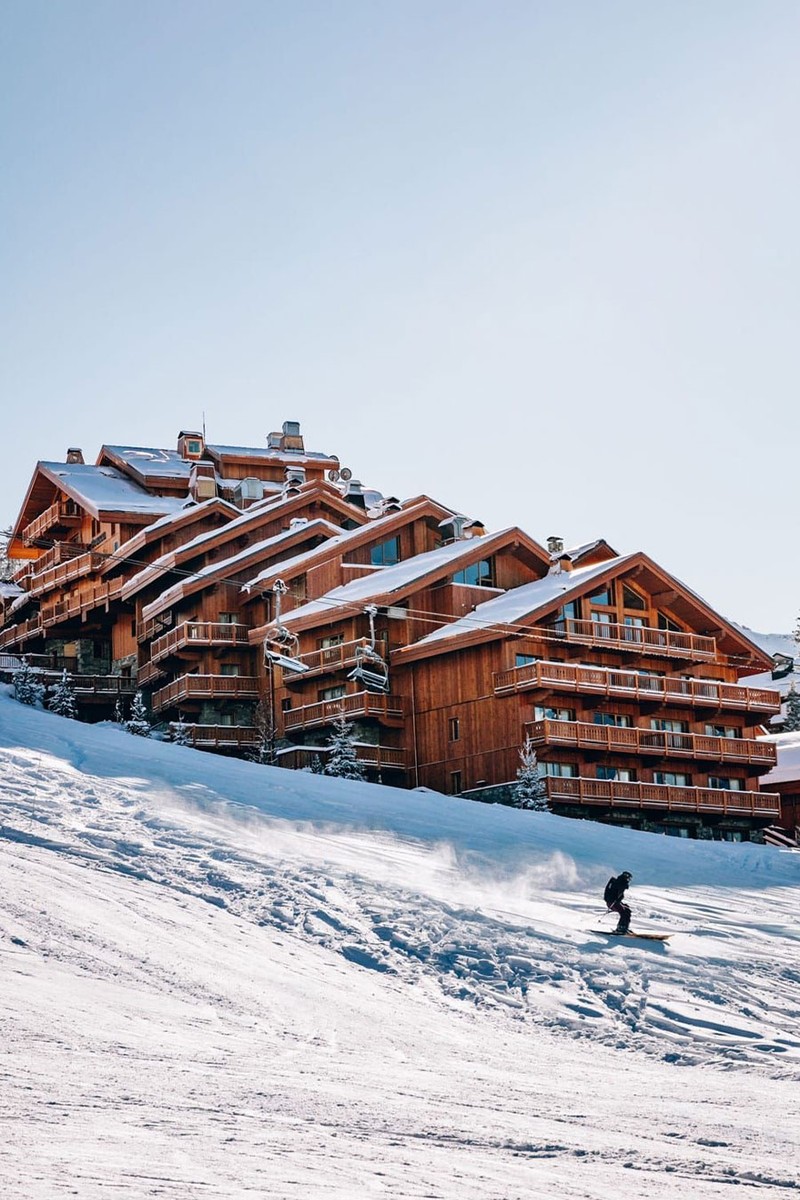
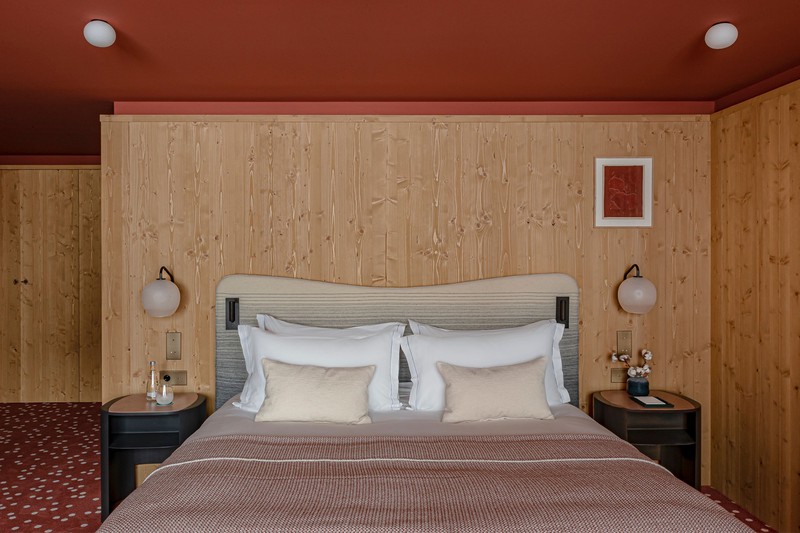
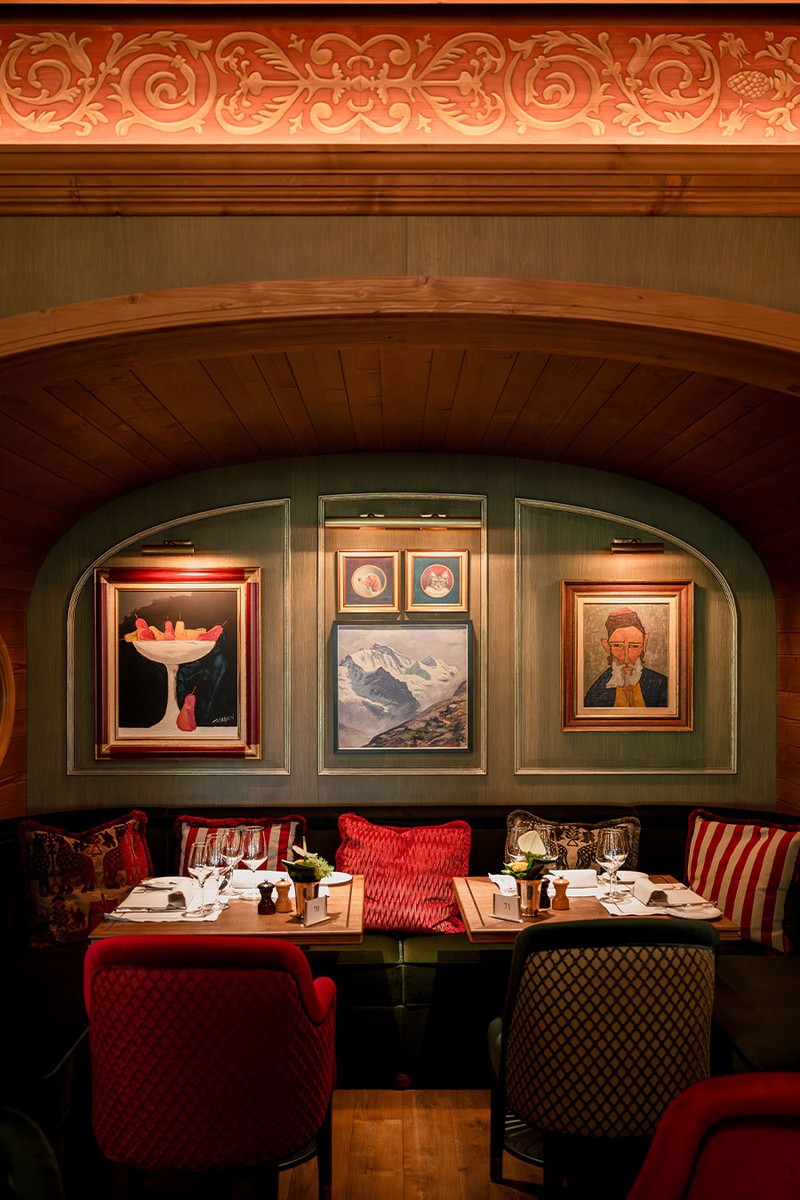
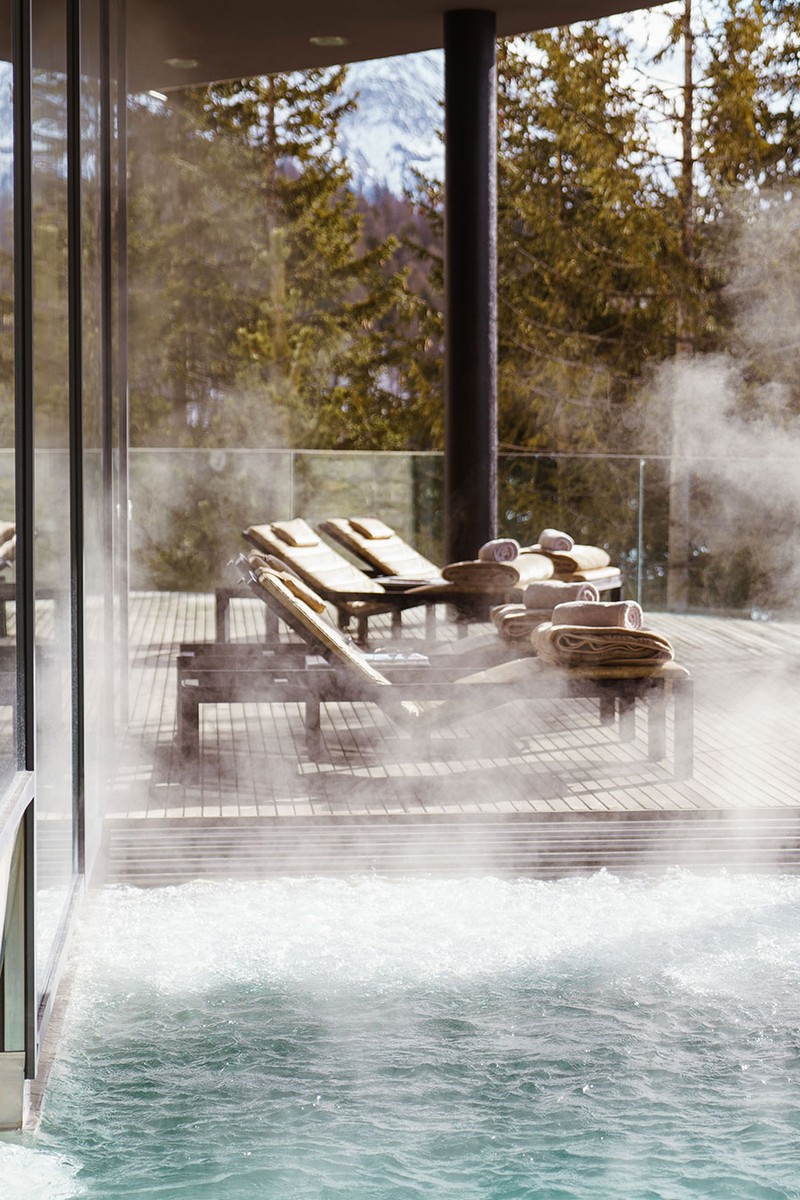
/https%3A%2F%2Fsheerluxe.com%2Fsites%2Fsheerluxe%2Ffiles%2Farticles%2F2025%2F11%2Fcarlton-st-mortiz2.jpg?itok=_fCutP7Q)
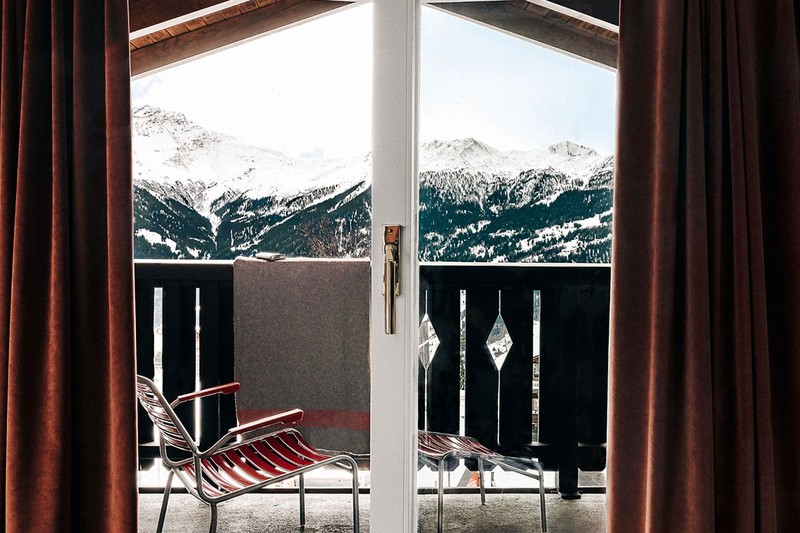
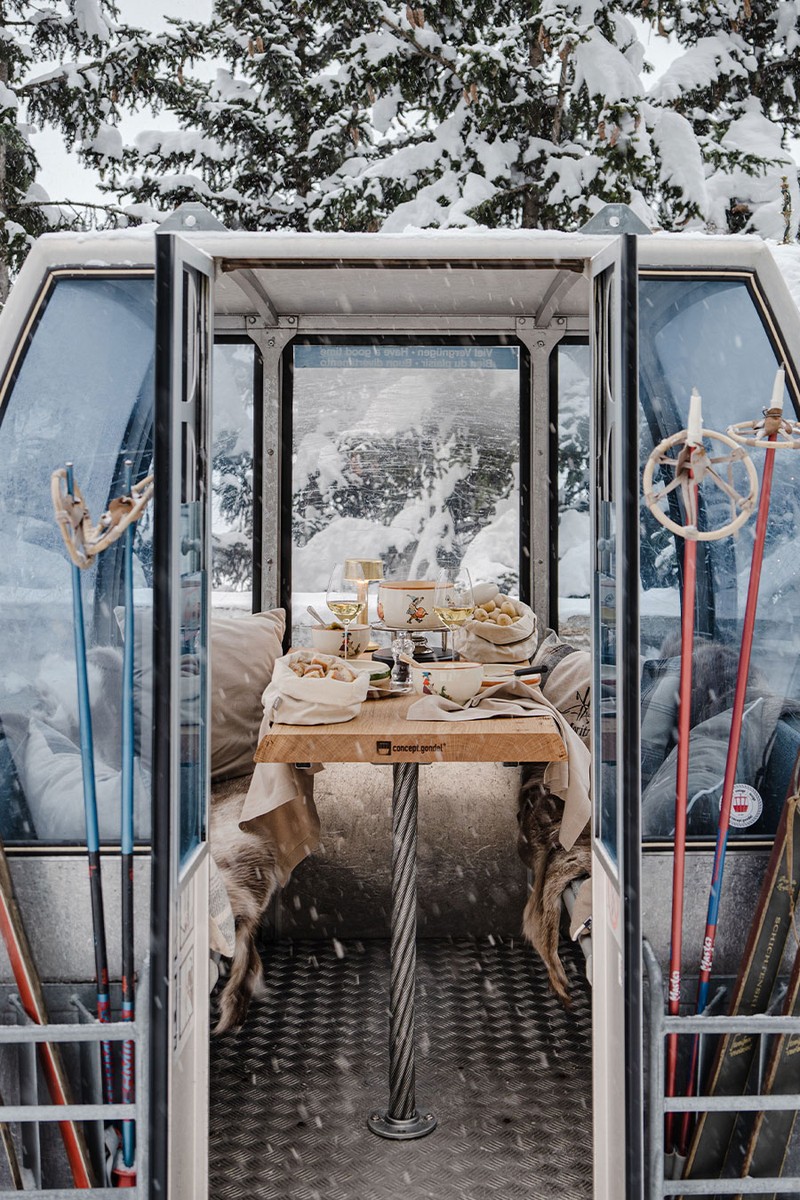
/https%3A%2F%2Fsheerluxe.com%2Fsites%2Fsheerluxe%2Ffiles%2Farticles%2F2025%2F11%2Falex-moling-eriro-rooms_1.jpg?itok=eV0VORZo)

